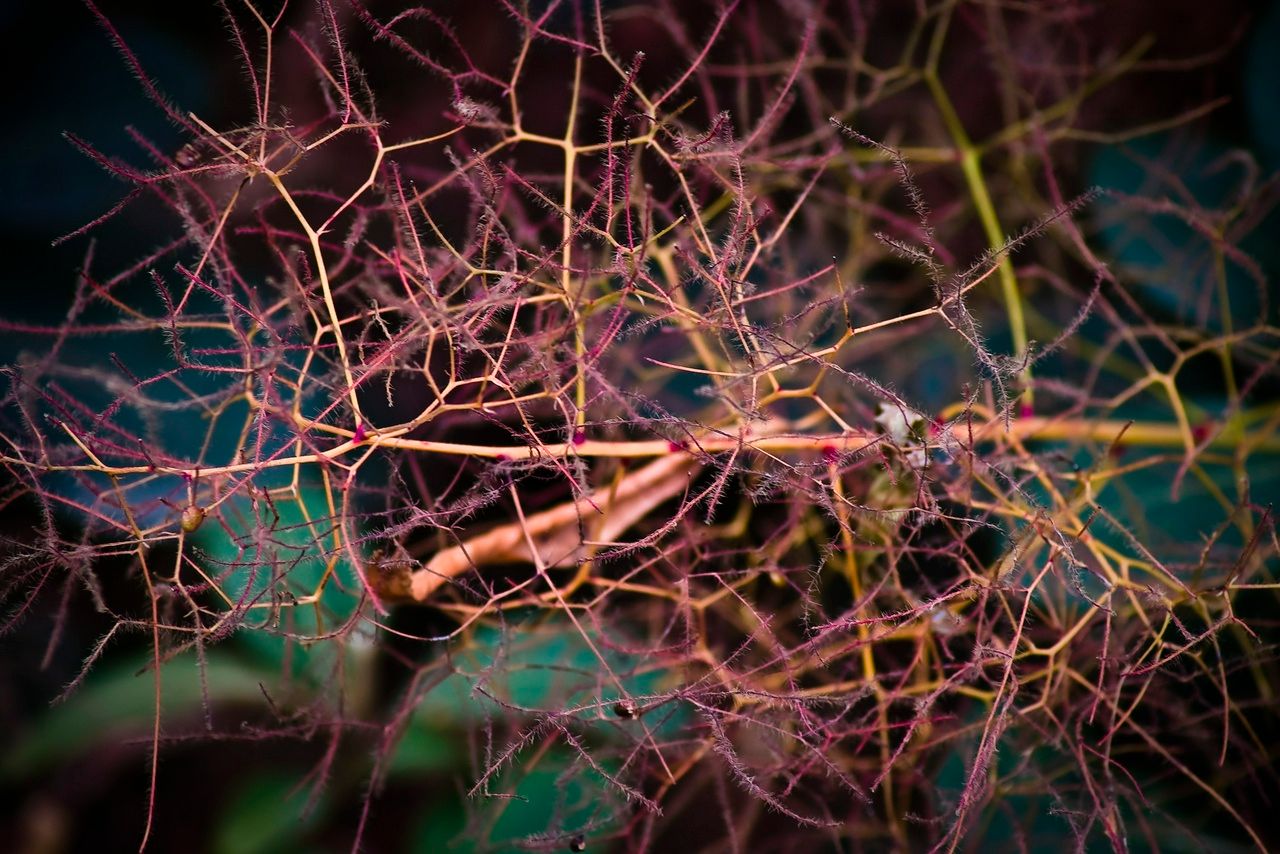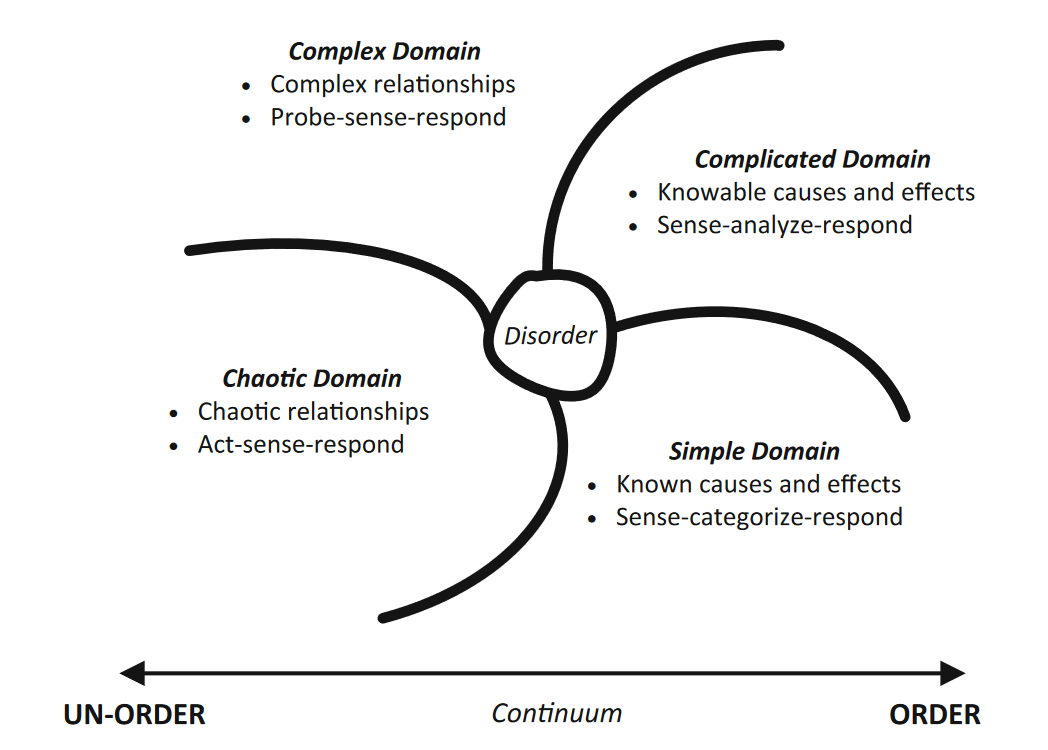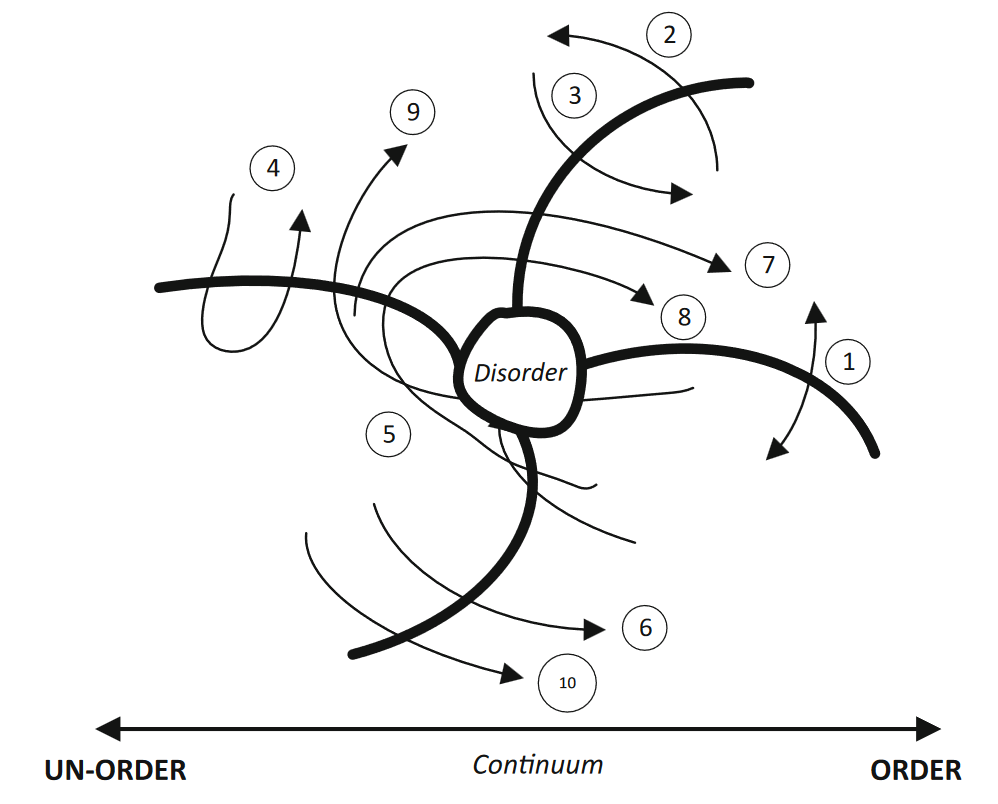The Habitat of a Pure Heart Transforms - "Cynefin Calon Lân yn Drawsnewidiol"

The Rugby World Cup is currently underway and its been an enjoyable few weeks for us rugby admirers around the globe. It has been a pleasure to see the rise of new teams, such as Portugal, which have done ever so well considering their relatively young journey in international rugby. Amidst the splendour of the Haka and titillating tries, there is also a story of authentic leadership. Captains such as Siya Kolisi embody leadership with such a combination of humility and authenticity, it is difficult not to rally behind them, their charisma touches every heart. My expectation for Wales coming into this World Cup was an enigma, there were several experienced players (such as Alun Wyn Jones) now retired and the young players coming through were relatively unknown to me. But, amidst this unknowing, a remarkable leader has arisen in the form of Jac Morgan. Jac is a man from the valleys, Cwmtwrch to be precise, and his rise to the peaks was heavily shaped by the gifted coach, Clive Rowlands. His trademark motif in coaching was, "Calon", which testified to his transformational impact on young people.
“In his first season in charge we won the Triple Crown. He was very knowledgeable, but his passion was perhaps his greatest strength. Even the non-speaking Welsh players in the team knew what ‘calon (heart)’ meant.
“It was a small word, but it meant a lot and his favourite phrase just before a game was always – ‘Boys, boys Calon!’.
He was a one off, something special and there won’t be many like him coming through now.”
-Words from Gerald Davies, the Welsh Rugby Union President
The phrase "Cynefin Calon Lân yn Drawsnewidiol" is a poetic assemblage of Welsh words, each bearing its own weight of meaning and emotion. When woven together, these words could be translated to English as "The Habitat of a Pure Heart Transforms". This phrase resonates with the profundity often found in Welsh expressions, weaving together the concept of interconnectedness with the purity of heart and the combined propensity to bring about transformational belonging (a sense of rootedness—temporal, physical, cultural or spiritual). It's as if each challenge met and overcome in life is a testament to the purity and resilience of one's heart, all within the comforting embrace of belonging.
We were all conceived and born in littleness and weakness. We could do nothing by ourselves. We depended totally on our parents for food and for protection; our greatest need was for their enfolding, protective, and stimulating love. Children cannot live and grow humanly without that love. For a human being, love is as vital as food.
When children are loved, they live off trust; their bodies and hearts open up to those who respect and love them, who understand and listen to them. They begin to blossom
- Jean Vanier, Becoming Human
In a world where challenges rise like impenetrable mountain ranges, the quest for solutions often leads us into the labyrinthine corridors of complexity. Complexity is not something we can duck under, like some proverbial car-barrier separating disorder from order. Rather, our whole reality dances to the tune of entropy (e.g. entropic gravity), and often, our sequential or even "agile" approaches to life's challenges are not sufficient. We need an "systems thinking" approach that can enable us to always adapt to the dynamic dance of self-contradictions, orderly laws and chaotic interdependencies. We need only reflect on the challenge of a changing climate or societal inequality to realise this truth.
But first, we must step into these complex challenges with the hope that we can bring out goodness and meaningful transformation. Nestled within this intricate tapestry is a simpler, more profound truth—a truth best articulated through the infamous Welsh phrase and song, "Calon Lân," or "a Pure Heart."
A bilingual sample is provided below.
Aur y byd na'i berlau mân:
Gofyn wyf am galon hapus,
Calon onest, calon lân.
I don't ask for a luxurious life
the world's gold or its fine pearls,
I ask for a happy heart,
an honest heart, a pure heart.
Tecach yw na'r lili dlos:
Dim ond calon lân all ganu
Canu'r dydd a chanu'r nos.
A pure heart full of goodness
Is fairer than the pretty lily,
None but a pure heart can sing,
Sing in the day and sing in the night.
Hedyn buan ganddo sydd;
Golud calon lân, rinweddol,
Yn dwyn bythol elw fydd.
If I wished for worldly wealth,
It would swiftly go to seed;
The riches of a virtuous, pure heart
Will bear eternal profit.
Much like the butterfly effect, this motif interconnects to a vast tapestry of leadership and problem-solving methodologies. This brief article journeys through the overlapping realms of Jean Vanier's compassionate service to humanity and David Snowden's Cynefin Framework to explore how a pure heart can navigate complexity and help catalyze transformational societal change.
How can we bring about more pure-hearted endeavours when scaled to the level of societies and future technological projects; such as anticipatory policymaking models (such as this OECD paper), truly sustainable products or sustainable innovation models? The Cynefin framework is gaining traction as a viable guide when confronted with complexity.
Pure Hearted Leaders Can Navigate Complexity

Jean Vanier founded L'Arche, a global network of communities where people with and without intellectual disabilities live and work together, embodying his vision of an inclusive society built on compassion, dignity, and mutual respect.
“The cry for love and communion and for recognition that rises from the hearts of people in need reveals the fountain of love in us and our capacity to give life. At the same time, it can reveal our hardness of heart and are fears. Their cry is so demanding, and we are frequently seduced by wealth, power and the values of our societies. We want to climb the ladder of human promotion; we want to be recognized for our efficiency, power and virtue. The cry of the poor is threatening to the rich person within us.
We are sometimes prepared to give money and a little time, but we are frightened to give our hearts, to enter into a personal relationship of love and communion with them. For if we do so, we shall have to die to all our selfishness and to all the hardness of our heart.” ― Jean Vanier, Community and Growth
He was a paragon of altruistic love, demonstrating how the fruits of compassion, vulnerability, and humility can surmount even the most daunting socioeconomic challenges. His self-reflection on complexity is neatly contained within a narrative from the book, Becoming Human;
We know, however, that the doer of good deeds can have a complex set of motivations. Underlying the act of generosity there can be a need for approval and, sometimes, even a need to exercise power, even spiritual power, over others. These needs may provide the energy to orient one’s life towards others, for the good of humanity, but at the same time they can tarnish our fundamental motivation, rendering it more or less self-serving. It is precisely such personal needs that must be purified so that acts of generosity may truly be for the inner growth and fulfillment of others, rather than for personal aggrandizement. To the degree that we no longer are governed by these needs, we will become free.
The varieties of our fears, anxieties, and desires lead us to behaviour that we don’t understand very well; we can be driven by strong forces that push towards security, tranquility, and conventional success; the same forces make us flee all that we fear: rejection, feelings of helplessness and inadequacy, conflict. To become truly free is to give more importance to truth and justice than to the desire to fulfill at all costs our own compulsive needs. It’s a paradox, though. These needs are part of our being; we need them in order to advance in life but we also need to learn how to govern them rather than be governed by them.
What is clear from this excerpt is that the needs of any endeavour, whether the establishment of a new societal welfare policy (and preventing unforeseen consequences), or managing conflicting needs within a large multi-national green infrastructure project; we must humbly learn to recognise all stakeholder "needs" before we can govern them. But in most real-world cases, needs can shift rapidly, and our current approaches can often miss such developments. Such needs form part of a complex interacting system, much like the interconnectedness of bees as pollinators within a biosphere. To help us delve into the rich tapestry of ideas woven by Jean Vanier, we will need to be guided by systemic decision-making and sense-making frameworks. These will offer enlightening lenses to dissect the wisdom that Vanier brings to light.
Complexity and the Multifaceted Nature of "Good Decisions"
Vanier warns of the labyrinthine motivations behind "good deeds" in this world, an observation that aligns well with the idea of "systemic archetypes" presented by Hester and Adams in "Systemic Decision Making." According to them, systemic archetypes are recurring patterns that can be identified to understand the underlying structure of a situation.
Excerpt:
"It's not just about identifying what's happening, but also about recognizing the patterns that lead to it."
Now, let's transpose this to Vanier's context. Could the altruistic deeds be considered as systemic archetypes? The idea beckons us to recognize and dissect the layers of our motivations, much like peeling an onion, in order to arrive at a core that is untainted by self-serving interests. Here we will find pure intent and wise transformational leadership.
Making Sense of the "Patterns of Intentions"
Vanier's emphasis on governing personal needs rather than being governed by them finds resonance in Snowden’s "Multi-ontology sense making." Snowden posits that in complex systems, it's essential to make sense of the multiple realities and narratives at play.
Excerpt:
"In a complex adaptive system, we can’t anticipate what will happen, but we can understand why it happens after the fact. Informed decisions are thus possible when there is an understanding of the present narrative."
This retrospective aspect of complexity is true to many complex adaptive systems in life, evolution being one of the best examples. We can retrospectively map the complexity of evolution, as Darwin noted in the Origin of Species, but to predict it prospectively, as in ab-initio from first-principles; that is a completely different matter altogether. We are still playing with spark plugs and amino acids, let alone a comprehensive prospective narrative. But with evolution we are blessed with a history, the Galápagos finches and more, observing and learning.
But what do we do with new regenerative policies, or any other new green endeavours that know no historical relatives? David Snowden's Cynefin framework suggests that to govern something, one must first make sense of it. Thus, recognizing the 'patterns and narratives' of our needs or the conflicting needs within a project (or policy, initiative or endeavour), becomes the first step in governing them effectively.
Patterns & Narratives - The Cynefin Framework
The Cynefin framework, developed by Dave Snowden (time allowing, this YouTube video by Dave is worth watching), is a decision-making tool that helps individuals and organizations navigate the complexities of different problems and challenges. Imagine it as a landscape divided into four distinct terrains: Simple, Complicated, Complex, and Chaotic. Each terrain represents a different type of problem and requires a unique approach for resolution. Crossing from one terrain to another is akin to crossing various types of boundaries. For instance, transitioning from Simple to Complicated is like crossing a shallow river—easy to do but noticeable when you're on the other side because your feet get wet. Moving from Complicated to Complex can feel like crossing a deep chasm—possible only at specific bridges and often requiring specialized knowledge. Finally, stepping from Complex to Chaotic is akin to wandering too close to the edge of a high plateau—you may not realize you've crossed the boundary until you find yourself in freefall. The framework equips you to recognize which terrain you're in, enabling you to adapt your problem-solving strategies accordingly. What makes it unique, much like the word "Cynefin", is its innate interconnectedness and adaptability. This is a truer reflection of the real-world and is an antipode of a one-size fits all approach.

The Cynefin framework serves as a navigational tool for organisations to understand and categorize the complexity of various challenges, enabling more effective decision-making. Think of it as a map that helps managers or policymakers identify the landscape of a problem—whether it's simple, complicated, complex, or chaotic—each requiring a different approach and set of actions. In an organisational context, this framework aligns with hierarchical decision-making levels: strategic, tactical, operational, and instinctive. For instance, instinctive, first-line decisions might fall within the 'Simple' domain, while strategic corporate decisions may overlap between 'Complicated' and 'Complex' domains. Using Cynefin helps in breaking down existing patterns and allows for the emergence of new ones by increasing information flow and knowledge. This adaptability is especially crucial in today's fast-paced, complex environment where a one-size-fits-all approach is often insufficient. By consulting this framework, decision-makers can tailor their problem-solving methods to the specific nature of challenges they face, thereby increasing the organisation's adaptability and resilience.

As we grapple with the multifaceted issue of climate change, the Cynefin framework offers a lens through which we can discern the complexity of this global challenge. Much like strategic decisions in an organization, climate change intersects the 'Complicated' and 'Complex' domains—it involves intricate systems whose cause-and-effect relationships may not be immediately clear and can only be understood in retrospect. With stakeholders ranging from international bodies to local communities, and variables spanning political, economic, and social spheres, a single solution is elusive. Utilizing the Cynefin framework allows policymakers to dissect this enormous challenge into more manageable components, each requiring a tailored approach for mitigation or adaptation, thereby aiding in the design of more effective, context-sensitive interventions.
Here is a very simple example below, whereby we can map the various challenges and solutions associated with addressing climate change.
| Label | Domain Movements | Description | Climate Change Example |
|---|---|---|---|
| 1. Incremental improvement | Complicated to simple Simple to complicated |
Movement from the knowable to the known and back, repeatedly | Implementing and refining energy-efficient technologies |
| 2. Exploration | Complicated to complex | Movement from the knowable to the complex, selectively | Investigating the impact of climate change on marine ecosystems |
| 3. Exploitation | Complex to complicated | Movement from the complex to the knowable, selectively | Scaling up successful reforestation projects |
| 4. Divergence-convergence | Complex to chaotic to complex | Movement from the complex to the chaotic and back, repeatedly | Adapting to unpredictable severe weather events through both proactive and reactive measures |
| 5. Imposition | Chaotic to simple | Movement from the chaotic to the known, forcefully | Emergency policies imposed to deal with sudden natural disasters |
| 6. Asymmetric collapse | Simple to chaotic | Movement from the known to the chaotic, disastrously | Unplanned urbanization leading to disastrous flooding |
| 7. Swarming | Chaotic to complex to complicated | Movement from the chaotic to the complex, to the knowable; first in an emergent manner and then selectively | Grassroots initiatives evolving into more structured community-based adaptation strategies |
| 8. Liberation | Simple to complex to complicated | Movement from the known to the complex to the knowable, periodically | Shift from traditional farming to integrated, sustainable agricultural practices |
| 9. Entrainment making | Complicated to disorder to chaotic to complex | Movement from the knowable to the chaotic to the complex, periodically | Cross-sectoral collaborations to address the multifaceted challenges of climate change |
| 10. Immunization | Simple to chaotic | Movement from the known to the chaotic, temporarily | Temporary geo-engineering solutions that fail to address the root causes of climate change |
Paradox and the New Dynamics of Strategy
The paradoxical nature of human needs—that they propel us yet can also hold us captive—is eloquently acknowledged by Kurtz and Snowden in "The new dynamics of strategy: Sense-making in a complex world." They describe how strategies often exist in a realm of paradoxes and that resolving them involves a more nuanced understanding of the system.
Excerpt:
"Paradox is an inherent aspect of complex systems. It is not something to be 'solved' but to be managed."
Vanier’s paradox of needs aligns with this view. The needs are part of our being; they can neither be entirely dismissed nor wholly embraced. It is this balance of human motivations and needs—this interplay of light and shadow—that renders a pure heart as the only true harmonizer.
"Calon Lân": A Harmonizer for Society

And here, for me, is another profound truth: understanding, as well as truth, comes not only from the intellect but also from the body. When we begin to listen to our bodies, we begin to listen to reality through our own experiences; we begin to trust our intuition, our hearts - Jean Vanier
Drawing from the well of Welsh wisdom, "Calon Lân" emerges as a compass for navigating the labyrinth of complexity that defines our world. Berger, in "Simple Habits for Complex Times," contends that complexity is not a barrier but an invitation to simplicity. His perspective dovetails with Vanier’s call for a purified heart. In this convergence, a pure heart, unencumbered by tangled motivations, becomes a beacon guiding us through complex societal mazes and intricate technological landscapes.
Excerpt:
"Complexity isn't a hurdle but an invitation for simplicity. To navigate it, one needs to engage in 'generative conversations' that trigger new ways of seeing and acting."
Berger's insight shines a ray of light onto Vanier's call for a purified heart, which can compassionately engage in such 'generative conversations'. A pure heart, devoid of tangled motivations and sensitive to the spectrum of ethnic dispositions, can thus serve as a beacon, guiding us through headwinds of societal issues and regenerative paradigms.
The concept of "Cynefin," signifies a habitat or a place where one feels it ought to live, reflects not just a physical space but a cognitive and emotional realm as well.
Excerpt:
"Leadership isn’t about having a vision but about making sense of the present, acknowledging the complexity and the multiple perspectives involved." (Snowden 2005)
In "Case Studies in System of Systems, Enterprise Systems, and Complex Systems Engineering," Gorod et al. delve into the nature of complex systems in various contexts, which echoes this sentiment above.
Excerpt:
"Understanding the 'system of systems' involves recognizing the patterns and relationships that contribute to the overall behavior."
In a workplace setting, leadership must identify these systemic archetypes to foster an environment of inclusivity and mutual respect. An authentic and altruistic leader, much like a revered rugby captain, can be both a beacon and a binding force, aligning diverse skills and perspectives towards a common goal.
Drawing a parallel to the rugby field, where the concept of "Calon" ("Heart") becomes a transformative force, the workplace too requires its own form of "Cynefin." This "Cynefin" of leadership is not a top-down hierarchy but a complex adaptive system, resonating with the collective intelligence and emotional energies of its people. Just as Jean Vanier’s communities and the Cynefin framework emphasize the need for compassion and complexity to co-exist, so should the modern workplace. It's a habitat where purity of intent ("Calon Lân") and complexity of tasks dance in harmony, guided by a leadership that is both people-driven and attuned to the intricate choreography of human motivations and systemic interactions.
Concluding Reflections
The rugby field, with its raw physicality and strategic depth, serves as a microcosm of the broader world, teeming with complexity yet yearning for simplicity. It mirrors the essence of "Calon Lân," a pure heart, and "Cynefin," a sense of belonging and understanding. These Welsh concepts offer us a lens to not only celebrate the richness of cultural expressions but also to navigate the multifaceted challenges of our time—from climate change to technological innovations and societal transformations.
As we engage in this unending tussle between light and darkness, complexity and simplicity, let's remember that our compass is neither an algorithm nor a strategic blueprint but a pure heart—a "Calon Lân"—imbued with the humility and authenticity that empowers us to lead, love, and transform.
Further Reading
Snowden, D. Multi-ontology sense making: a new simplicity in decision making. Journal of Innovation in Health Informatics 13, 45–53 (2005).
Case Studies in System of Systems, Enterprise Systems, and Complex Systems Engineering. (CRC Press, 2014). doi:10.1201/b17139.
Berger, J. Simple Habits for Complex Times: Powerful Practices for Leaders. (Stanford University Press, 2015).
Kurtz, C. F. & Snowden, D. J. The new dynamics of strategy: Sense-making in a complex and complicated world. IBM SYSTEMS JOURNAL 42, (2003).
Hester, P. T. & Adams, K. MacG. Systemic Decision Making. vol. 33 (Springer International Publishing, 2017).
Clark, K. D., Lin, Y. & Maher, V. Shall I Help a Stranger?: Spiritual Intelligence and its Relation to Altruism, Ethnocentrism, Intercultural Willingness to Communicate, and the Intention to Act. Journal of Intercultural Communication Research, 44 , 329–344 (2015).

